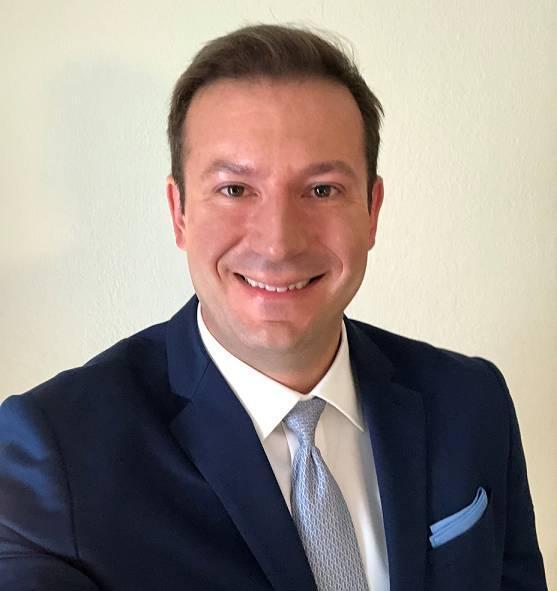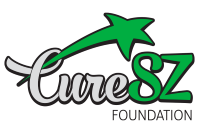
克雷格·切普克博士,CURESZ 基金会董事会成员,北卡罗来纳大学医学院私人执业精神病医生和精神病学兼职助理教授
Tardive Dyskinesia (TD) was first described in the early 1960s, but we don’t have a clear understanding of why it happens despite nearly 60 years of research. TD does seem to have a clear relationship with dopamine, which regulates a vast number of functions in our bodies, including attention, pleasure- seeking, and motor function. Some psychiatric disorders, including disturbances of mood, sensory perception, and thought processes are believed to be associated with an excess of dopamine stimulation in certain pathways, or “circuits” of the brain.
我们经常使用抗精神病药物来治疗这些症状,因为它们是多巴胺受体阻滞剂 (DRB),从而阻止多巴胺完成回路。在过度活跃的多巴胺回路中,这使功能正常化,但 DRB 无法区分过度活跃和正常的多巴胺通路。有时,阻断多巴胺会降低不应有的通路功能,并导致意想不到的后果。
基底神经节是大脑中负责控制运动的部分,也依赖于多巴胺来传导信号。长时间使用 DRB 会刺激基底神经节产生过多高度敏感的多巴胺受体。为了重新平衡其减少的多巴胺信号,该过程可能会过度补偿某些信号。运动系统变得过敏,多巴胺过度刺激它,导致不自主运动,或 TD 得名的“运动障碍”。 “Tardive”来自法语单词“迟到”,因为在出现症状之前通常需要数月或数年接触 DRB。
想象一下,您正在和朋友一起听音乐,您认为音量水平正常,但对他来说太大了。他拿出耳塞,但将它们塞进你和他的耳朵里。现在你根本听不到音乐了,而且你发现耳塞也拔不出来,所以你把音量调大一点来补偿。最终耳塞可能会发生故障并掉落,音乐听起来大得无法忍受。不幸的是,您发现音量按钮坏了,您无法将其调低。
The real problem with TD isn’t that it can develop long after the start of a DRB, it’s that it’s generally irreversible. Not everyone taking a DRB gets TD, but those who do can’t get rid of it by stopping the medication. While some risk factors are known, we don’t yet have a very good way of predicting who is going to get it before it happens. Or in the terms of the analogy above, we don’t know whose earplugs are going to malfunction.
Therefore, we shouldn’t consider TD a “side effect” of DRBs, because side effects go away if you remove the medication that cause them. Rather, we should think of TD as its own syndrome that is caused by exposure to DRBs in vulnerable people. Just like cigarette smoking causes lung cancer in some people – those who get cancer don’t go into remission just because they stop smoking. Improving tardive dyskinesia at that point requires its own additional treatment, which I’ll discuss in my 下一栏.

